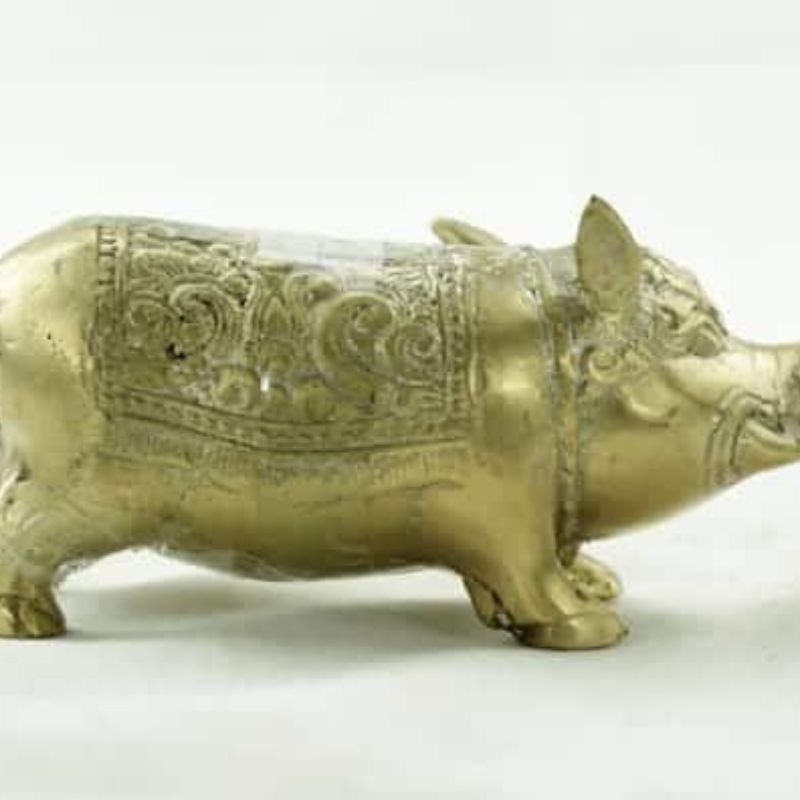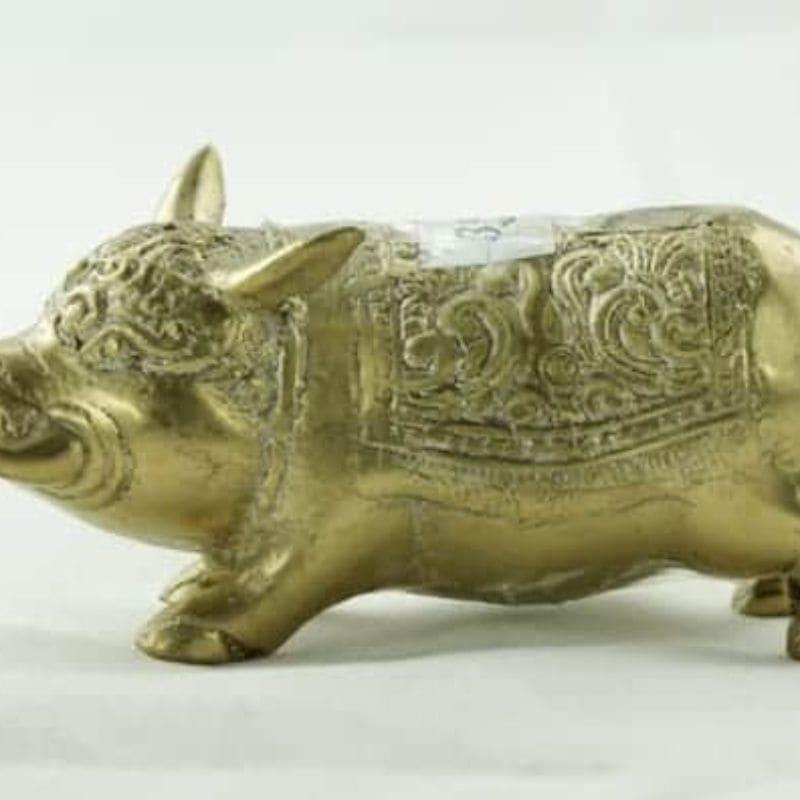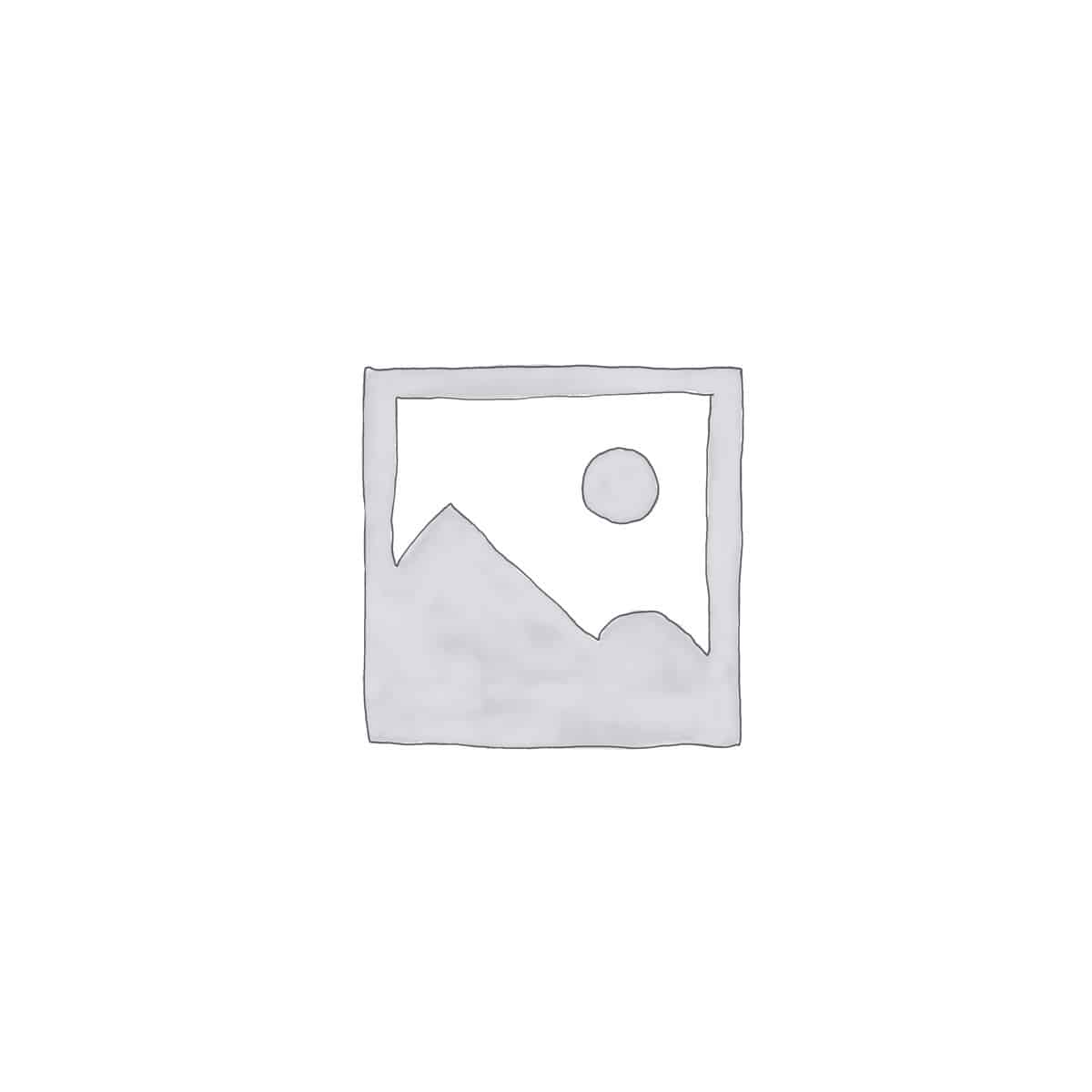Brass Pig Statue
£11.50
Brass Pig Statue is sold as an empty vessel. For Decoration Purpose only! jaga celeng spiritual object
India is a land of rich cultural heritage and ancient history. The country has a wealth of artifacts and relics that provide a glimpse into its glorious past. Among these artifacts are several ancient Hindu artifacts that have been found in different parts of India.
Brass Pig Statue is sold as an empty vessel. For Decoration Purpose only! jaga celeng spiritual object
India is a land of rich cultural heritage and ancient history. The country has a wealth of artifacts and relics that provide a glimpse into its glorious past. Among these artifacts are several ancient Hindu artifacts that have been found in different parts of India.
The term “Hindu artifacts” encompasses a wide range of objects that are associated with the Hindu religion, its mythology, and its culture. These artifacts include statues, sculptures, paintings, manuscripts, and other objects that have religious or historical significance. jaga celeng spiritual object
One of the most intriguing of these ancient Hindu artifacts is the eight-pointed star. The eight-pointed star is a common symbol in Hinduism and is known as the “ashtakona” or the “ashtakonam” in Sanskrit. The ashtakona is a geometric shape that consists of eight equal sides and eight equal angles. jaga celeng spiritual object
The ashtakona has been used in various Hindu temples and structures for thousands of years. It is believed to represent the eight directions or the eight points of the compass. In Hinduism, the ashtakona is often associated with the Hindu goddess Lakshmi, who is the goddess of wealth, prosperity, and fortune. jaga celeng spiritual object
One of the most famous examples of the ashtakona in Hinduism is the “Sri Yantra.” The Sri Yantra is a sacred symbol in Hinduism that represents the universe and the divine feminine energy. It is a complex geometric shape that is composed of nine interlocking triangles, with the ashtakona at its center. jaga celeng spiritual object
Another notable example of the ashtakona in Hinduism is the “ashtamangala.” The ashtamangala is a set of eight auspicious symbols that are often used in Hindu rituals and ceremonies. The symbols include the lotus, the conch shell, the wheel, the fish, the banner, the mirror, the vessel, and the knot. jaga celeng spiritual object
In addition to its use in Hinduism, the ashtakona has also been found in other cultures around the world. For example, the eight-pointed star is a common symbol in Islamic art and is known as the “khatim” or the “seal of the prophets.” The symbol is also found in Christian art, where it is known as the “Star of Bethlehem.”
One of the most fascinating aspects of the ashtakona is its mathematical properties. The ashtakona is a self-repeating pattern that can be found in nature and in various mathematical formulas. The shape is also closely related to the “octagon,” which is a shape with eight sides and eight angles.
The ashtakona is a testament to the rich cultural heritage and history of India. It is a symbol that has been used for thousands of years and has played a significant role in the development of Hinduism and Indian culture. Today, the ashtakona continues to inspire and captivate people around the world, and its legacy lives on in the many Hindu temples and structures that can be found throughout India.
In conclusion, the ancient Hindu artifact of the eight-pointed star or ashtakona is a symbol that has played a significant role in Hinduism and Indian culture for thousands of years. The ashtakona is a testament to India’s rich cultural heritage and history, and its legacy lives on in the many Hindu temples and structures that can be found throughout the country. The ashtakona is also a symbol that has fascinated and inspired people around the world, and its mathematical properties continue to be studied and explored to this day.
| Weight | 1 kg |
|---|
Related Products
-
A Malikul Incense (Small Bottle)
£46.30 -
Absolute Jasmine Oil—SOLD OUT
£73.40 -
Alyaman Incense (Large Bottle)
£58.40 -
Alyaman Incense (Small Bottle)
£46.30









